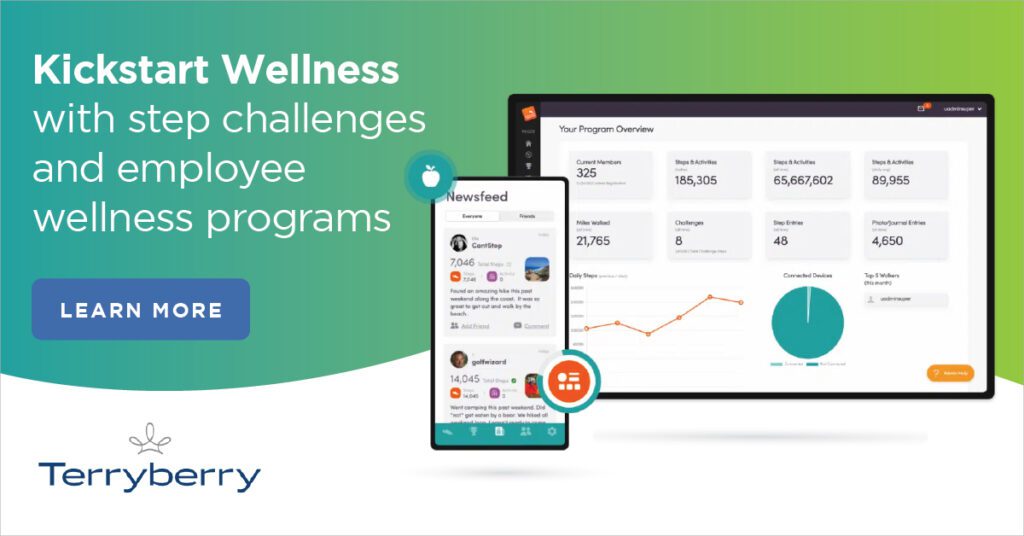January 31, 2023

By now, everyone has heard of the 4-day work week concept. Between debates on productivity, work-life balance, and its impact on society’s work ethic – it seemed to spark an opinion from employee to executive at every company. But for years, the 4-day work week was just an idea. It was a concept that was discussed in theory, not practice.
But then, some companies started to do it.
Today, we now have some real data on the consequences of the shift to the 4-day work week. Although still new, we’re now able to take a closer, more objective look at its early effects on productivity, morale, engagement, profitability, and more.
If your company is considering a shift to the 4-day work week, or if you’d just like to learn more about it, we’ve explored everything you need to know here.
What is the 4-Day Work Week?
To understand the 4-day work week, we first should understand the 5-day work week. While it may seem that it’s always been this way, that’s not the case. In fact, the standard work week used to be 6 days until Henry Ford popularized the 5-day work week in the 1920s.
His goal? To increase production and productivity.
So, for nearly 100 years, we’ve followed the 5-day work week model. But now, as more flexible work week structures are emerging, that may be changing.
Why is the 4-Day Work Week Gaining Popularity Now?
You may find yourself wondering why the 4-day work week is suddenly gaining momentum. Well, it may be that we’re experiencing the perfect storm for companies to prioritize and invest in their employees.
First, Covid led to a seismic shift in many people’s values. Suddenly, an “okay” job was no longer worth giving up the time and energy for. And thus, The Great Resignation was sparked.
Employees were leaving their jobs in droves and left HR departments everywhere struggling to keep up. In an effort to keep their top talent, companies began rethinking their retention strategies entirely. And one of these strategies has been to examine the employee experience.
Studies have shown that in recent years employee burnout has been at an all-time high, while engagement is low, and active disengagement is up. As a response, companies have begun investing more in holistic wellness programs, company culture, and now, alternative work week structures.
Furthermore, our lives look much different now than they did 100 years ago. In the 20th century, the nuclear family became the norm - it was expected that women would stay at home taking care of household duties, while men worked full time.
Today, just 18% of US households are nuclear families, with a married couple and children. And, according to Pew research, in 63% of two-parent families, both partners work.
Additionally, a new Pew Research Center analysis of census data found that in 2019, 38% of adults ages 25 to 54 were unpartnered – that is, neither married nor living with a partner. In cases like these, full-time work, household labor, and life’s general responsibilities fall on one person to accomplish.
So, as our family structure, priorities, and values have shifted over the past century, it makes sense that a collective rethinking of the work week structure would follow.
Types of 4-Day Work Week Models
While we talk of the 4-day work week as a static concept, there are actually several different models that companies can choose to follow:
- 4/10 – In this model, employees still work 40 hours a week, but they do so by working four ten-hour days instead of five eight-hour days.
- 4/8 - In this model, employees reduce their hours from 40 to 32 but see no change in their pay. They receive an extra day off, which can be a Friday or Monday making for a three-day weekend. Or it may be mid-week day, making for a mid-week break.
- 5/6 – While not a 4-day work week, this model does involve reducing employee hours from 40 to 32 without a reduction in pay. In this model, employees end their days at 3pm instead of 5pm.
Each structure has its pros and cons, but the key aspect to each is flexibility. Companies are free to decide which structure works best for them and their employees.
Companies with a 4-Day Work Week
One of the most notable examples of a company implementing the 4-day work week is the New Zealand-based firm Perpetual Guardian. They conducted a trial of the 4/8 model in March and April of 2018.
The company’s founder, Andrew Barnes, said he wanted to conduct the trial after noticing how much pressure some of his staff was to manage their personal and professional lives. He thought that giving his employees an extra day to manage their home lives might help relieve some of that stress and contribute to a better focus while in the office.
Turns out, he was right.
At the end of the trial, the company reported a 34% drop in absenteeism. A 33% reduction in stress, and a 67% decrease in work-life conflict.
But it’s not just Perpetual Guardian who’s benefitted from the 4-day work week. There are dozens in the US and hundreds worldwide who operate a 4-day week schedule. Below are a few notable companies:
- Basecamp
- Bit.io
- Buffer
- Microsoft Japan
- Kickstarter
- Shake Shack
- Shopify
- thredUP
- Unilever New Zealand
- Panasonic
- KPMG
- Cannon UK
- YWCA Scotland
Pros and Cons of the 4-Day Work Week
Now that companies around the world have begun implementing the 4-day work week, we have some data to inform the shift. But still, with any change, there are pros and cons to consider.
4-Day Work Week Pros
Proponents of the 4-day work week argue its benefits outweigh the challenges. These benefits include:
Better work-life balance
The most expected benefit of the 4-day work week is the improvement to work-life balance. With an extra day off every week, employees report exploring new hobbies, spending more time with family and friends, or booking appointments that otherwise would have to be during working hours.
It’s unsurprising that a shortened work week provides more opportunities for nurturing social, physical, and community wellbeing, which leads to a better work-life balance.

Increased productivity/engagement
While possibly counter-intuitive, working one day less has been linked to increased productivity. According to a large-scale study involving 33 companies and over 900 employees, survey respondents rated their productivity a 9 out of 10. Additionally, revenue was up an average of 38%.
One reason for this jump in productivity and engagement is time scarcity. Employees are expected to continue their output with less time, requiring a decrease in time-sucking activities like extraneous meetings or quick social media checks.
Improved carbon footprint
As we saw during Covid lockdowns, fewer people commuting leads to a positive impact on the environment. But fewer companies operating could also contribute to a positive impact.
A 2019 study conducted by UK-based researchers found that, by adopting a four-day workweek, British carbon emissions will reduce by nearly 20%—127 million metric tons—by the year 2025.
Lower absenteeism
An extra day off can also improve absenteeism by giving employees a built-in day for appointments and errands. It also provides employees with an extra day to rest and recharge, which could help reduce the number of sick and mental health days taken.
4-Day Work Week Cons
Despite the potential benefits of the 4-day work week, there are also some concerns and challenges.
A Band-Aid Solution
If a company is struggling with the employee experience, the issue may be deeper than the number of hours worked. It could be an indication that the company’s culture is toxic. If this is the case, a shorter work week won’t treat the cause and it’s likely these issues will persist.
Added Work Stress
Some people argue that having one less day to complete tasks can lead to deadline stress. It could pressure employees to work longer hours on the days that they do work, potentially canceling out the benefits of the extra day off.
Logistic Hiccups
Additionally, there may be practical difficulties in implementing the 4-day work week. Manufacturing and logistics departments especially may have trouble coordinating with customers and vendors. If companies choose to offer a shortened week to some employees and not others, it could generate animosity and morale issues within the company.
Next Steps
Overall, the 4-day work week is an idea that has gained traction in recent years as a way to improve productivity, work-life balance, and overall well-being. While there are challenges to implementing the 4-day work week, the potential benefits make it worth considering for companies looking to improve their employee's work experiences.

